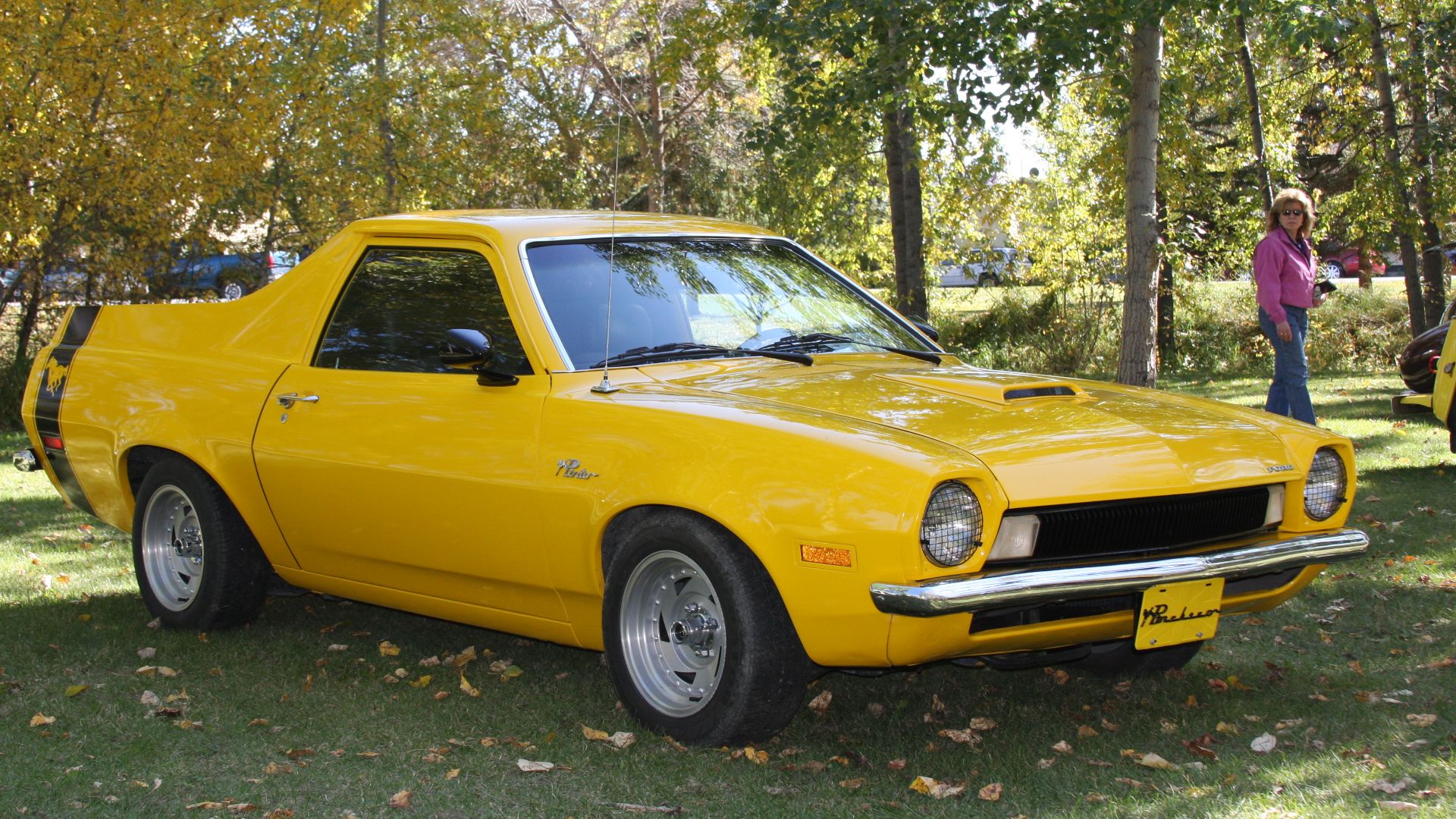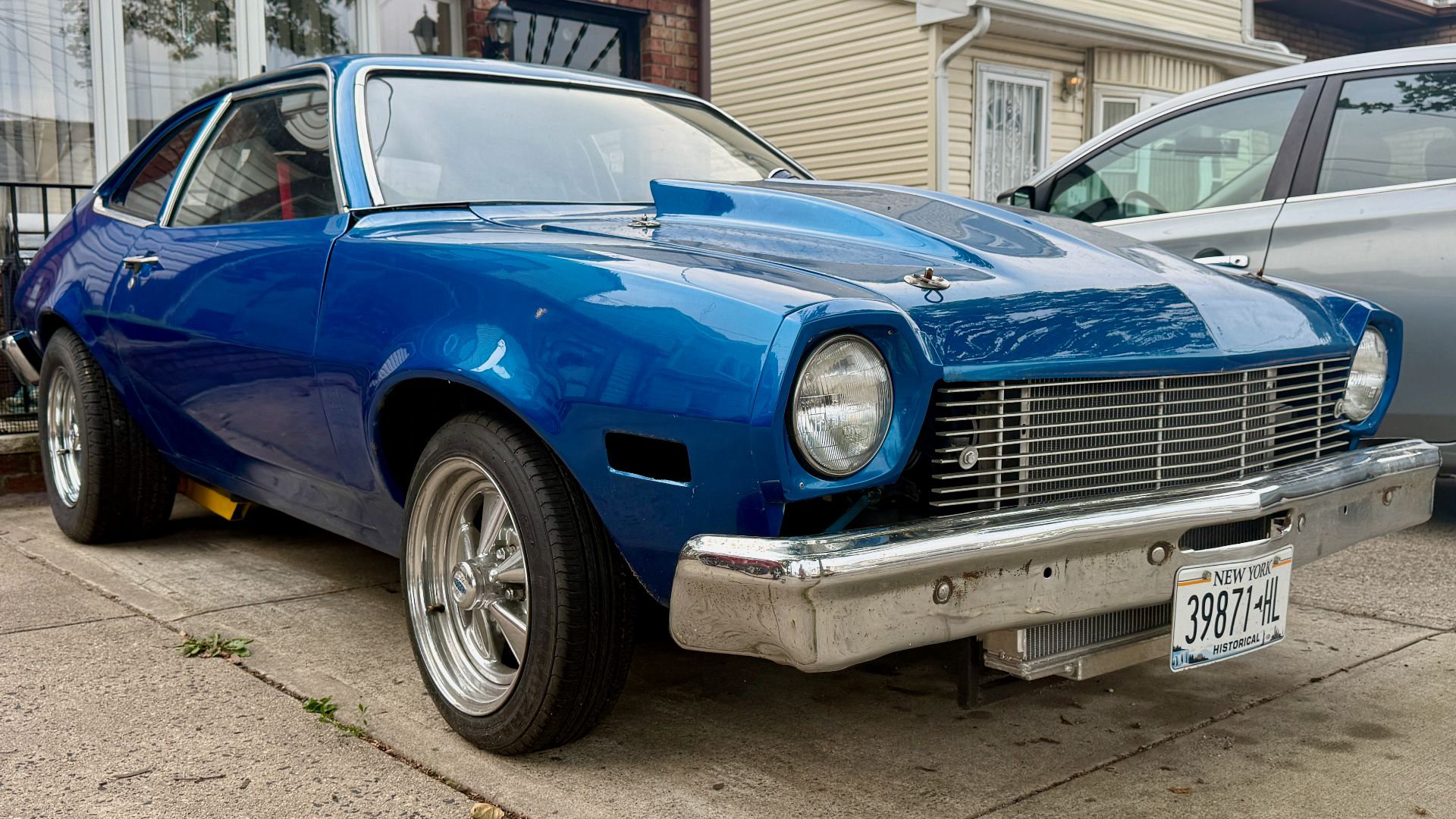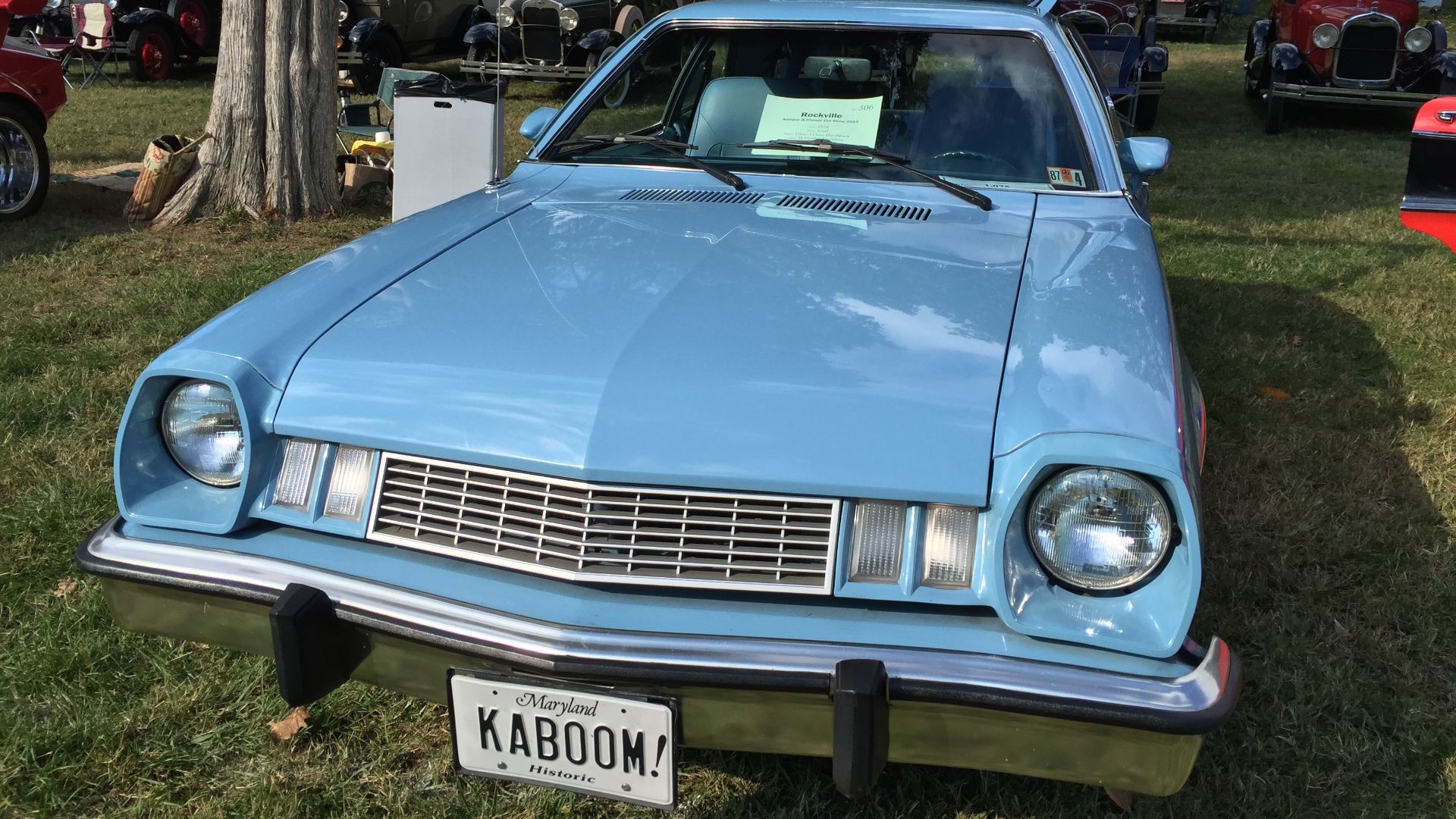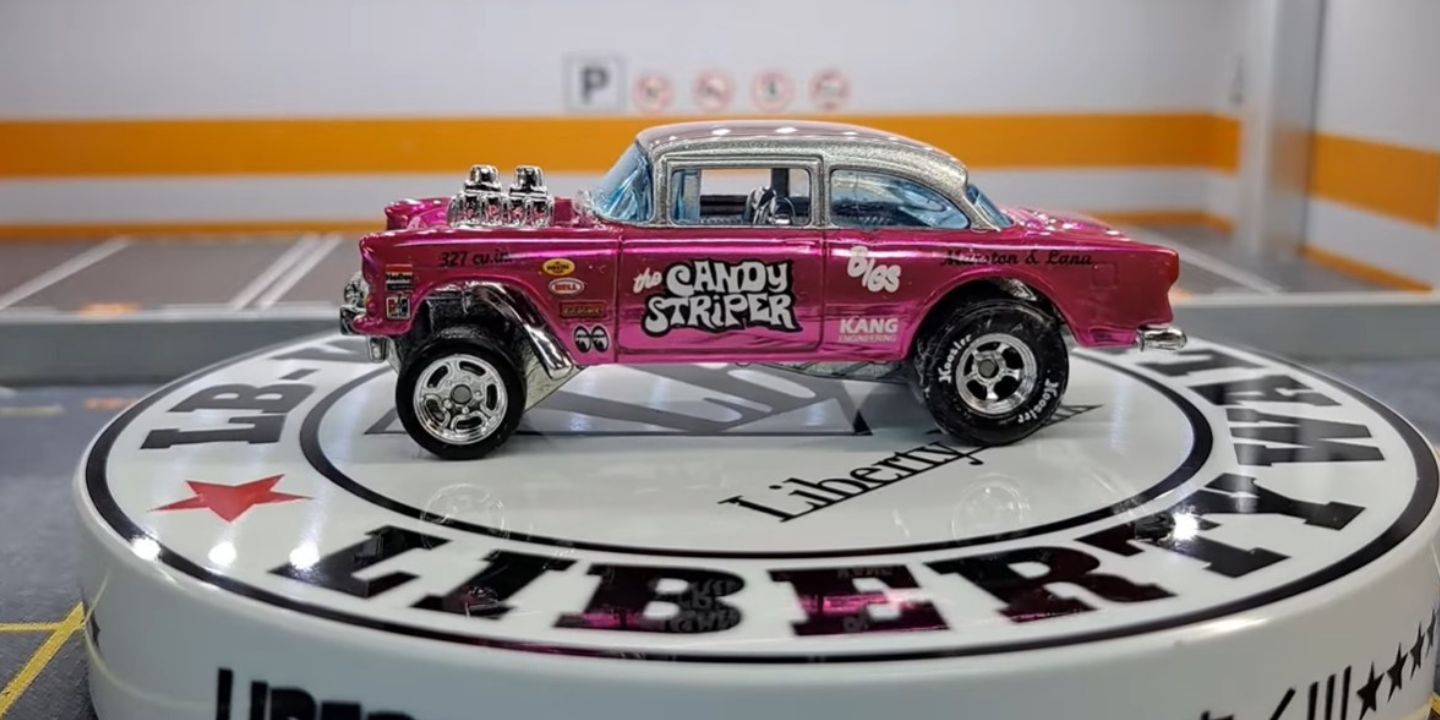 dave_7 from Lethbridge, Canada on Wikimedia
dave_7 from Lethbridge, Canada on Wikimedia
Cars may not be sentient (unless we're talking about Christine), but there are a few vehicles known for their bloodlust. There's the Yugo GV, better known as the tin can on wheels, the whirly-gig Suzuki Samurai, and the DMC DeLorean, whose gull-wing doors could occasionally lock passengers inside.
However, if we're talking about the most dangerous car ever made, there's really only one model that should be in the running: the Ford Pinto.
A Barbecue That Seats Four
Sarcastically called "a barbecue that seats four", the pinto was one of the most iconic cars of the 1970s. It was also, by far, the deadliest. And, we're talking about a time when safety regulations and tests were far more slap-dash than they are today.
Released in 1971, the Pinto was Ford's rebuttal to compact cars such as the VW Beetle and the Datsun 510. If automotive manufacturers wanted to survive, they would need to make smaller cars. That's exactly what Ford did...only, they cut a lot of corners in the process.
The Pinto was cheap—not just for buyers, but for Ford as well. From development to market, the little carefree car took a mere two years to cook. As a point of contrast, the average development time for Ford cars was a full year and a half longer!
Planning time wasn't the only thing that Ford shaved off. They also literally lopped a bit off the Pinto's rear. Ford took premade parts from existing cars and fit them together into a Frankenstein's monster of a car.
The Pinto was being engineered while testing was in process, which made major changes not only time-consuming, but expensive. The focus was on keeping both the weight and price of the car down. Passenger safety was never a consideration.
A Pinto's fuel tank is directly behind its rear axle. This meant that the tank was at risk of being ruptured by even the gentlest of fender-benders. Once punctured, the fuel tank would leave an oil spill in its wake.
However, there's no fire without a spark. Unlikely for the Pinto, it existed during a particularly flammable decade.
Even the tiniest spark could ignite a Pinto. It could be a lit cigarette, another car, or even the Pinto itself. All that exposed metal in the back meant that Pintos threw off more sparks than a dollar store lighter.
Pinto owners did not question whether their cars would explode, rather, they learned to expect the inevitability of an explosion. The only question was when the inferno would happen. Getting into a Pinto was the automotive equivalent of playing Russian roulette.
Profit Comes First
As though the risk of being barbecued wasn't terrifying enough, it wasn't even the only way the Pinto could take lives! Occasionally, the car would switch gears, as though there were ghosts in the machine. And, once you crashed, the doors would jam, making escape impossible.
The worst part about this story isn't that almost 200 people suffered life-threatening burns. Nor is it that 27 people lost their lives when their Pintos went up in smoke. No, the worst part is that Ford was aware of these defects and did nothing to prevent them.
Every life taken by a Pinto was completely avoidable. Early tests showed this tendency to ignite, and Ford did nothing. It would have cost about $10 to make the safety adjustments.
However, Ford decided that human lives could be measured in dollars. They continued selling Pintos even as they went up in flames, selling more than 2 million models. In two of the most high-profile cases against Ford, the company settled out of court in both.
Ford took action only when the controversy was too loud to ignore. By that point, it was already too late. The Pinto was on the market for 10 fiery years.









